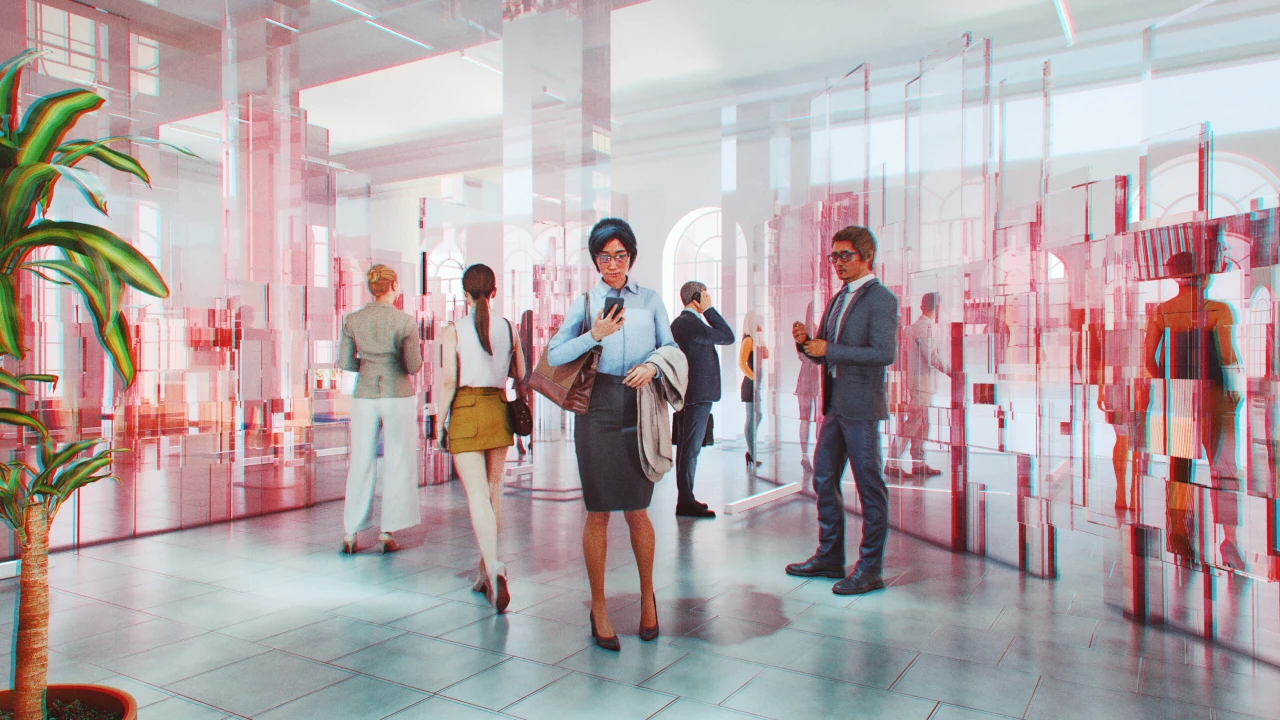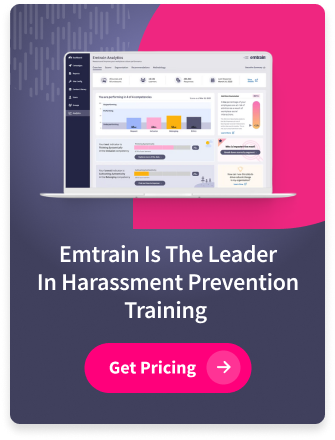What is the bystander effect, and how does it show up at work? Originally studied in the context of public emergencies, the bystander effect describes a social phenomenon where individuals are less likely to help someone in need when others are present. While it may seem like an issue that only happens “out there,” it plays a major role in workplace culture—and can be a critical barrier to reporting harassment, discrimination, or misconduct.
Understanding the Bystander Effect
The bystander effect stems from two main psychological concepts: diffusion of responsibility (believing someone else will step in) and social influence (looking to others for cues on how to behave). In workplace settings, this might look like ignoring a colleague’s inappropriate comment during a meeting or not reporting a repeated microaggression, simply because no one else seems to speak up either.
Why the Bystander Effect Is Risky at Work
When employees witness problematic behavior and don’t intervene or report it, it creates a culture of silence—and silence enables harm. Colleagues may assume the behavior is acceptable or feel discouraged from speaking up, which leads to:
- Unaddressed harassment or bias
- Decreased psychological safety
- Lower trust in leadership and HR processes
- Reduced team morale and engagement
Overcoming the Bystander Effect with Training and Culture
To counter the bystander effect in the workplace, organizations need to foster a culture where people feel empowered to act. This includes:
- Bystander intervention training: Help employees recognize problematic behavior and provide actionable steps to intervene safely.
- Psychological safety: Encourage open dialogue and normalize speaking up, even when it feels uncomfortable.
- Leadership modeling: When leaders consistently step in or acknowledge inappropriate behavior, they set the tone for others.
- Clear reporting channels: Ensure employees know how to report concerns and trust the process will be fair and confidential.
Learning the 5Ds of Upstander Intervention
To help employees move from bystanders to upstanders, Emtrain teaches the 5Ds of Intervention—five proven strategies to take action safely and effectively when witnessing inappropriate behavior. Each method offers a different way to intervene, depending on the situation:
-
Direct — Speak up respectfully to address inappropriate behavior and set a tone of accountability.
-
Distract — Redirect attention to defuse a situation and reduce tension without confrontation.
-
Delegate — Seek help from a manager, HR, or another trusted person when direct action isn’t safe.
-
Document — Record or note what happened to support transparency and follow-up action.
-
Delay — Offer empathy and support afterward, reinforcing psychological safety and care.
These microlessons help employees choose the right approach for different situations—empowering them to speak up, support others, and strengthen a culture of respect and inclusion.
Why It’s Everyone’s Responsibility
Workplace misconduct thrives when no one intervenes. Breaking the bystander effect requires collective action. When employees at all levels understand the role they play in creating a respectful, inclusive environment—and feel equipped to act—culture change becomes possible.
Conclusion
The bystander effect is a psychological phenomenon that can quietly undermine even the best-intentioned workplace policies. But with intentional culture-building, training, and leadership, organizations can overcome the bystander effect and build a workplace where everyone feels responsible for doing what’s right.








